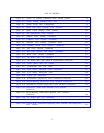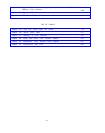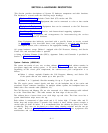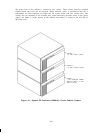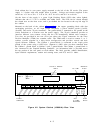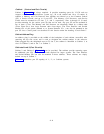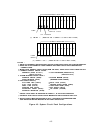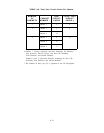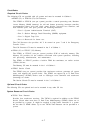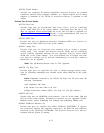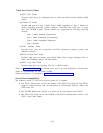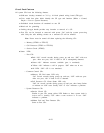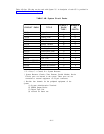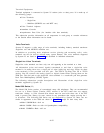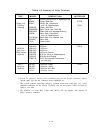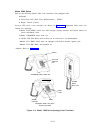Circuit Packs
Required Circuit Packs:
The following CPs are provided with all systems and must be mounted in Cabinet 1:
● ZTN82 (V1) or ZTN128 (V2) Call Processor
The ZTN82 or ZTN128 (one per system) provides a central processing unit, Random-
Access Memory (RAM) (memory) for call and feature processing, interrupt controller,
programmable timers, real time clock, status display, processor bus interface, and
four interface ports. The ports provide the following interfaces:
—Port l—System Administration Terminal (SAT)
—Port 2—Station Message Detail Recording (SMDR) equipment
—Port 3—Digital Tape Unit
—Port 4—Reserved for future use.
The Call Processor also provides -48 V de control on ports 7 and 8 for Emergency
Transfer Units.
The Call Processor CP must be mounted in slot 2 of Cabinet 1.
● ZTN81 (Vl) or ZTN127 (V2) Memory
The ZTN81 or ZTN127 (one per system) provides 512K of read-only memory. The
Memory CP provides for the software associated with system operation, including
call processing, administration, and maintenance.
The ZTN81 or ZTN127 provides a built-in TDM bus terminator; an earlier version
(ZTN81 ) did not.
The Memory CP must be mounted in slot 1 of Cabinet 1.
● ZTN85 Service Circuit
The ZTN85 (one per system) provides four touch-tone receivers, generates all system
tones, and supplies the system clocks.
The ZTN85 can support up to 75 Dual Tone
Multifrequency (DTMF) dialers such as 2500-type voice terminals and touch-tone
(incoming) tie trunks.
The Service Circuit CP must be mounted in slot 3 of Cabinet 1.
Optional Circuit Packs:
The following CPs are optional and can be mounted in any other CP slot.
System Resource Circuit Packs
● TN748 Tone Detector
Provides four touch-tone receivers. The TN748 is required in addition to the ZTN85
Service Circuit when more than 75 Dual Tone Multifrequency (DTMF) dialers are to
be provided in a system.
It might be required in high traffic situations if a system
has less than 75 DTMF dialers. Up to two TN748 Tone Detectors can be provided in a
system.
4-7



